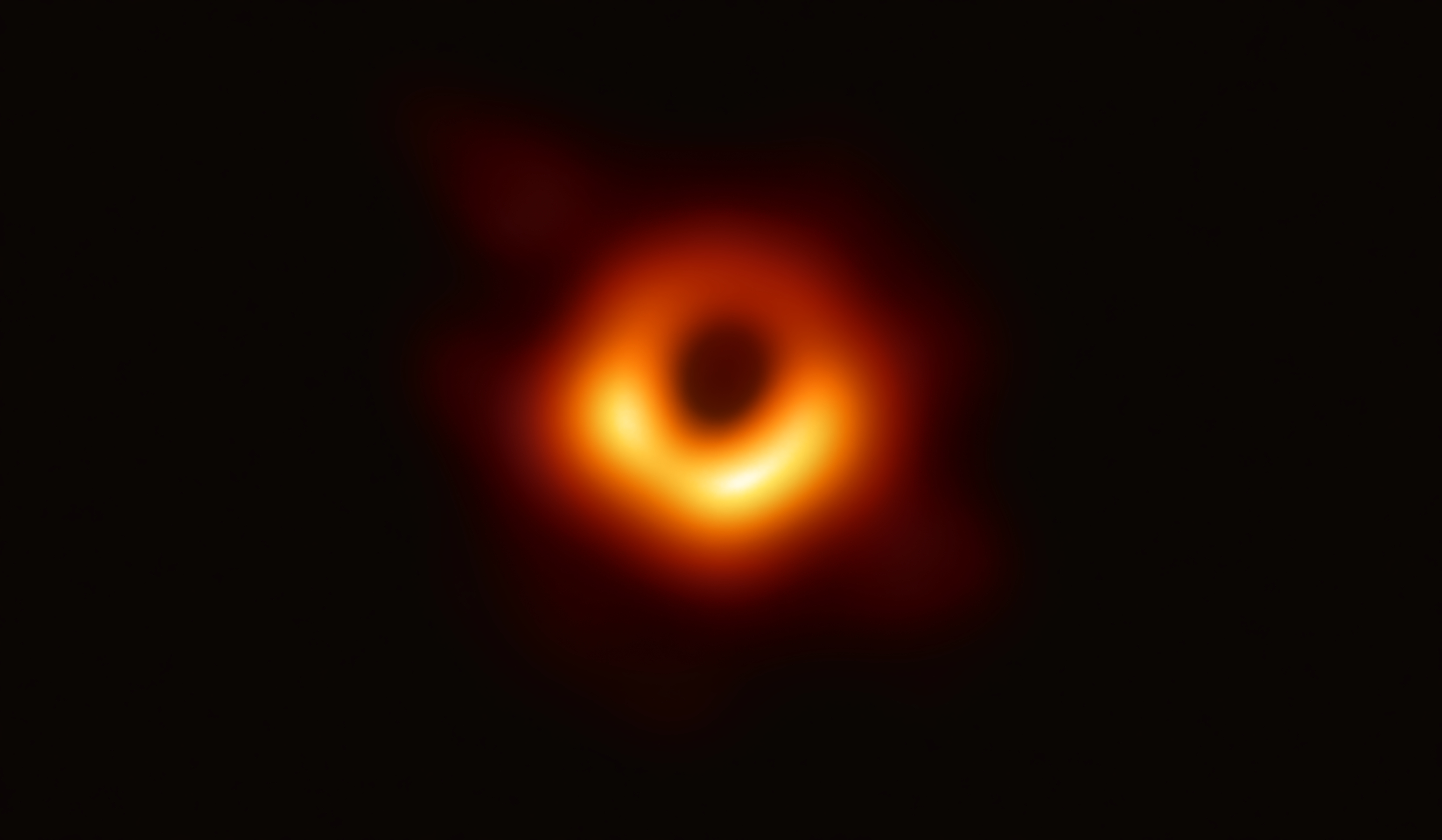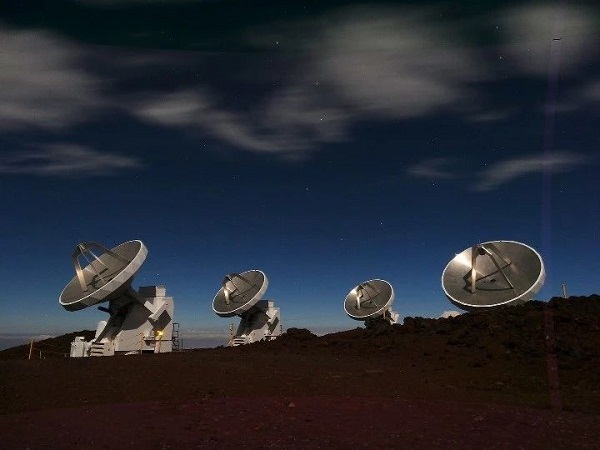The 1st-ever black hole photo, a groundbreaking collaboration of over 200 scientists from across the globe, is unveiled at six press conferences across the globe on Wednesday.

(Photo: eventhorizontelescope.org)
The image of the black hole, based on observations through the Event Horizon Telescope (EHT), a planet-scale array of eight ground-based radio telescopes forged through international collaboration, was unveiled in coordinated press conferences across the globe at 9:00 pm (Beijing time) on Wednesday.
Chinese astronomers have made contributions to a global effort to capture the first-ever image of a supermassive black hole at the heart of the distant galaxy M87.
This exciting result was also supported by the Center for Astronomical MegaScience (CAMS) of the Chinese Academy of Sciences (CAS), co-established by National Astronomical Observatories, Purple Mountain Observatory and Shanghai Astronomical Observatory.

Backgrounding
Of all the forces in the Universe that we cannot see -- including dark energy and dark matter -- none has frustrated human curiosity as thoroughly as the invisible, star-devouring monsters known as black holes.
Yet, the phenomena are so powerful that nothing nearby -- not even light -- can escape their gravitational pull.
What is black hole?
A black hole is a celestial object that compresses a huge mass into an extremely small space. The more mass, the larger the black hole.
At the same scale of compression, Earth's mass would fit inside a thimble, while the Sun's would be a mere six kilometres from edge to edge.
According to the laws of general relativity, published a century ago by Albert Einstein, the gravitational pull of these omnivorous monsters is so strong that no object can escape if it comes too close.
How to take a picture of a black hole?
The EHT is unlike any star-gazing instrument ever devised.
Eight such radio telescopes scattered across the globe -- in Hawaii, Arizona, Spain, Mexico, Chile, and the South Pole -- zeroed in Sag A* and M87 on four different days in April 2017.
Each is at least a big as a football pitch. Together, they form a virtual telescope more than 12,000 kilometres across, the diameter of Earth.
Data collected by the far-flung array was to be collated by supercomputers at MIT in Boston and in Bonn, Germany.
The first ever images of the black hole has been released simultaneously on April 10 at 21:00 BJT in Shanghai, Taipei, Tokyo, Washington, Brussels and Santiago.
(With input from Xinhua)


